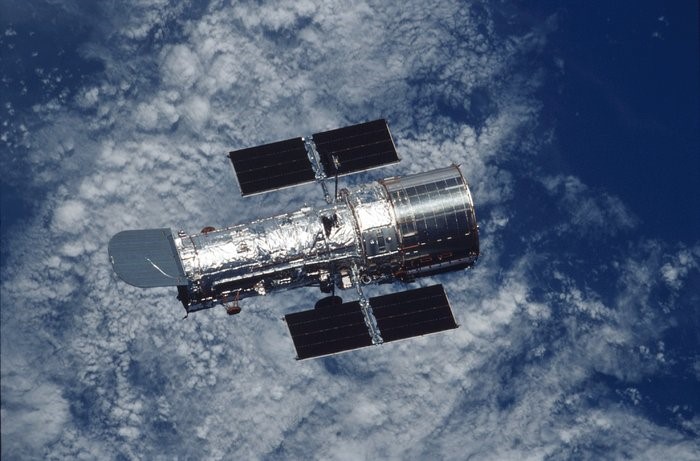Jupiter possesses the most powerful aurora in our solar system. However, how auroral particles are accelerated at a planet remains an open question. Prof. WEI Yong's laboratory at the Institute of Geology and Geophysics, Chinese Academy of Sciences discovered a correlation between the Jovian aurora and magnetospheric waves, by using contemporaneous observations from the Hubble Space Telescope and the Juno mission. This work was published in Geophysical Research Letters.
Jovian aurorae reflect the intense energy dissipation in the largest planetary magnetosphere in our solar system. The most popular theory for driving the main aurora is the magnetosphere-ionosphere currents associated with corotation breakdown enforcement. A small number of recent studies have reported observations which do not fully comply with the modeling currents based on corotation breakdown theory. On Earth, using a wealth of measurements both in space and from the ground, it is known that Alfvénic power is important in driving auroral dynamics. However, the importance of wave-particle interaction on the Jovian aurora remains unclear.
IGGCAS's postdoctoral researcher PAN Dongxiao, in collaboration with Prof. YAO Zhonghua, Prof. WEI Yong and other colleagues, used simultaneous observations from HST and the Juno spacecraft to investigate the role of ULF waves (especially Alfvén mode) in driving Jovian aurorae. Their study results show direct evidence for the connection between Jovian aurorae and Alfvénic power. These results can significantly improve our understanding on wave-particle interaction in driving the Jovian aurora.
The study was carried out in collaboration with Imperial College London, University College London, Université de Liège and the University of Hong Kong.
The work was supported by the Strategic Priority Research Program of Chinese Academy of Sciences, the National Natural Science Foundation of China (XDA17010201) and the Key Research Program of the Institute of Geology & Geophysics, CAS (IGGCAS- 201904).

Figure: The NASA/ESA Hubble Space Telescope(Credit: NASA/ESA)
Contact Information:
YAO Zhonghua
Institute of Geology and Geophysics, Chinese Academy of Sciences, Beijing, China
Phone: +86-10-82998706
E-mail: z.yao@mail.iggcas.ac.cn
Reference:
Ultralow-frequency waves in driving Jovian aurorae revealed by observations from HST and Juno